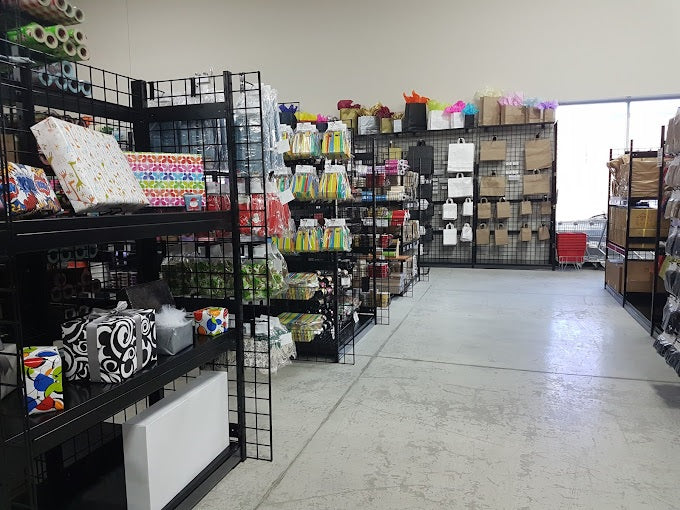
Rules for Sales Merchandising
Merchandising doesn’t have to be difficult, yet if you ask retailers what merchandising is many aren’t quite sure.
If you have slow moving stock or have some inventory that you purchased at a great price, and you want to move it in a sale, you’ll need a good merchandising strategy to have your product flying off the shelves.
The title of a very popular web usability text, “Don’t Make Me Think,” tells us everything we need to know about sales. Don’t make your customer ask questions like “Where can I find that item on sale?” or “How much is this after the discount?” When a customer has to think too much they tend to leave without making it to the cash counter. Having your customers relaxed and ready to buy is your best chance at a sale. Here are some tips on how to merchandise for sales:
Leading a Horse to Water
Perhaps not a flattering title, but let’s face it – if your customers never see your sales display, what’s the point of having it at all? In this case you need to lead a horse to water and then--by using the points below--get them to drink. Sometimes the prime real estate of your store (ie. the front window, entrances, etc.) will be used to display new, trendy or high margin products. Therefore, displays for sale items must sometimes happen outside of these key areas. It is important that your store has an easy to shop layout, where customers are guided through a set path. Along that path--and visible from key areas of your store--your sale merchandising should be noticeable. Make sure it’s not in the way of checkout counters or other areas that can get congested.
One Sign to Answer Them All
Clearly mark your sale items with signage. This ties in with the ‘Don’t Make Me Think’ mantra. If a customer is in buying mode, they are down to comparing prices and a few other details (ex. colour), but don’t burden them with more questions. Have your sale clearly and succinctly explained on your signage.
On the sign, make sure you post the discount percentage, and preferably the original price and sale price. One common mistake retailers make is posting a “50% Off Sale,” and then fail to identify whether the product’s price tag reflects the discount. Also make sure to include any specifics of the sale right on the sign, for example: 50% off with minimum 2 items or 50% on all x-small and x-large items.
Display – Functional
Creative displays go a long way in merchandising for sales. Functional displays tend to work best for new products. Design your display to show how the product functions in a real world scenario. By doing this, your customers will immediately imagine themselves in the scene, with a product they have not yet bought. This can be a very strong selling tool. Another creative type of display can be done with creative stacking. For example, a popular video game retailer in Canada recently needed to sell remaining Minecraft figurines as other games became more popular. The merchandising team stacked the small boxes into large ‘Minecraft characters’. This made the toys much more attractive to kids and increased sales significantly on a product that was seeing consistent decreases in sales. The same retailer used slatwall to create a very creative Pac Man display. The opportunities for creativity are endless.
Display – Unique Selling Proposition and Appeal to Cause
Another important part of a display is to emphasize the product’s unique selling proposition (USP). For example, an electric lawn maintenance product could have the sales tag line: save your lawn, save the planet. Use posters or floor standing sign holders and make an impression from a distance.
Do Your Research
Implementing these simple rules into your merchandising efforts is a starting point for excellent merchandising. Make sure you search Google or Instagram and look at merchandising displays – there are some extremely creative ideas to use as a starting point for your own. Remember, your customers are there to buy your products, so don’t make them think when they don’t need to.
Return to Eddie's Blogs
- Choosing a selection results in a full page refresh.
Eddie's Hang-Up Display Ltd.
Locations
Shop
Customer Service
!
